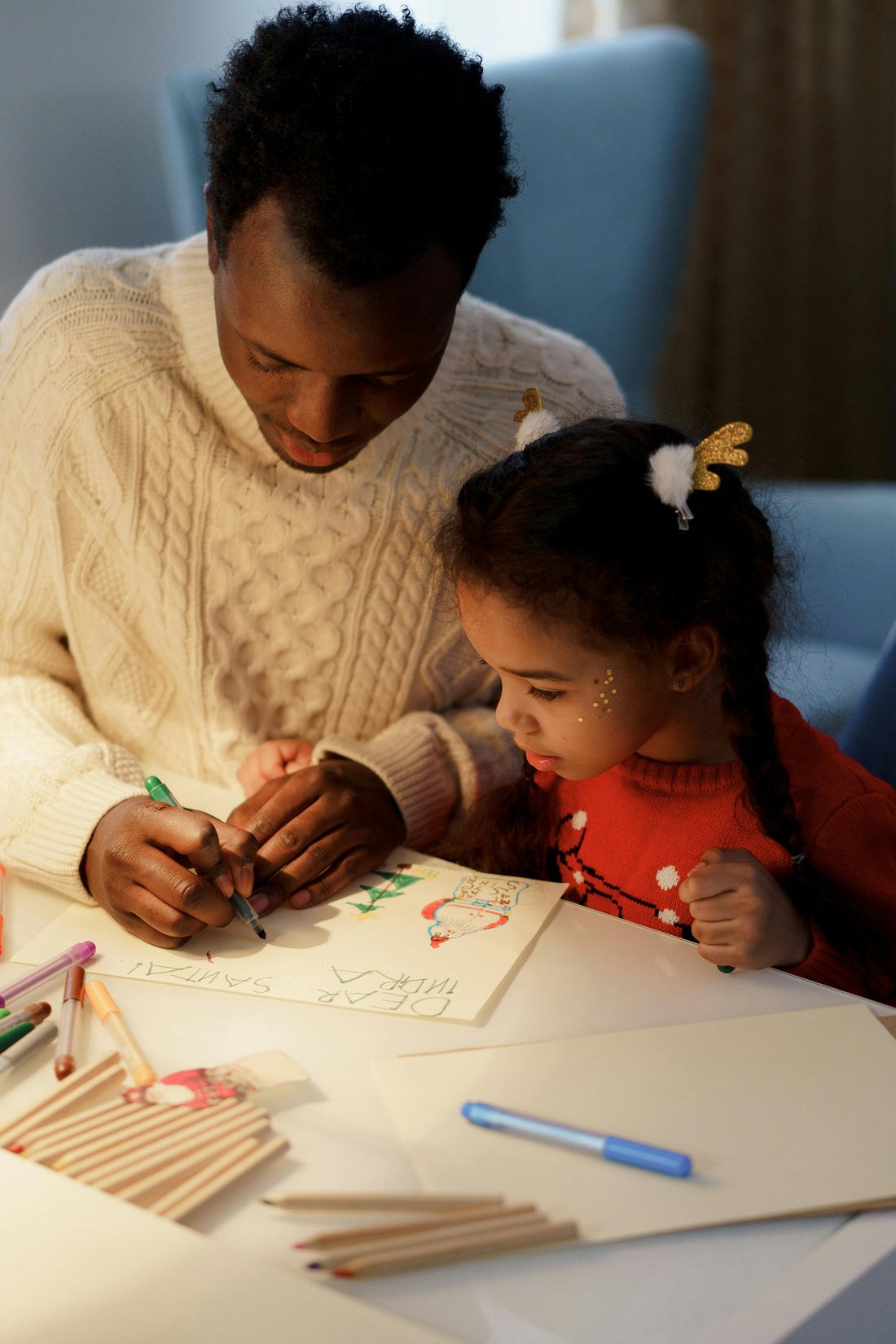Grief is a deeply personal and complex experience, and children may have trouble expressing their feelings through words alone. One of the most effective ways to help children cope with loss is by encouraging them to express their emotions through creative outlets. Creative activities like art, writing, or music can provide a safe and therapeutic space for kids to process their grief in a way that feels natural and healing.
Here are some creative activities you can use to support your grieving child:
1. Drawing or Painting: Expressing Emotions Through Art
Art allows children to explore their emotions visually, which can sometimes be easier than trying to describe complex feelings with words. Providing your child with paper, colors, and other art supplies gives them the freedom to express themselves without the pressure of having to speak.
- Tip: Encourage your child to draw pictures of happy memories with their loved one or create a "memory box" to keep artwork, photos, and mementos.
2. Writing: Journaling or Writing Letters to the Lost Loved One
Writing can be an especially healing activity for children who are starting to understand the permanence of loss. Writing about their thoughts and feelings, or even writing letters to the person they’ve lost, can help children process emotions they might not otherwise express.
- Tip: Suggest they write letters to their loved one about what’s happening in their life or how they’re feeling. Let them know it’s okay to include their sadness, confusion, or even anger.
3. Music: Creating Songs or Playing Instruments
Music has the unique ability to touch our hearts and help process emotions that are difficult to express verbally. For children who enjoy music, creating their own songs, rhythms, or simply playing an instrument can be a powerful emotional release.
- Tip: Play soothing music together or encourage your child to write a song or create a tune about their favorite memories of the person they’ve lost.
4. Building and Creating: Using Models or Sculptures to Process Grief
For children who like hands-on activities, building something physical can be a way to channel their grief and gain a sense of control over their feelings. Whether it’s using clay to form shapes or building something with blocks, this activity offers an outlet for emotional release.
- Tip: Create a small memorial or tribute, such as a sculpture or model, to honor the person they’ve lost.
5. Acting or Role-Playing: Exploring Feelings Through Play
Role-playing is another way children can express and process difficult emotions. Through imaginative play, children can explore different scenarios, talk through their feelings, and gain a better understanding of the changes they are experiencing.
- Tip: Encourage your child to act out scenes with toys or puppets, exploring their emotions and feelings around loss.
6. Memory Books: Compiling Favorite Memories and Stories
A memory book or scrapbook is a wonderful way to keep the memory of a loved one alive. This creative project can help children focus on the positive memories they shared with the person they’ve lost while processing their feelings through the act of creating something tangible.
- Tip: Include photos, drawings, and special notes in the memory book. Ask your child to write about their favorite memories and how they feel.
Final Thoughts
Grief is a journey that is unique to every child, but creativity offers a powerful tool for understanding and expressing feelings. Whether it’s through drawing, writing, or music, creative activities can help children navigate their grief in ways that are healing and personal. Remember, the goal isn’t to make them “feel better” immediately, but to help them find an outlet for their emotions and create a safe space for healing.
At Jurni, we're working to bring these themes of grief, healing, and hope to life through an animated short film inspired by our story. If you’d like to support this project, please visit our Kickstarter campaign or learn more on the Jurni website. Together, we can create something meaningful for families navigating their own journeys.

